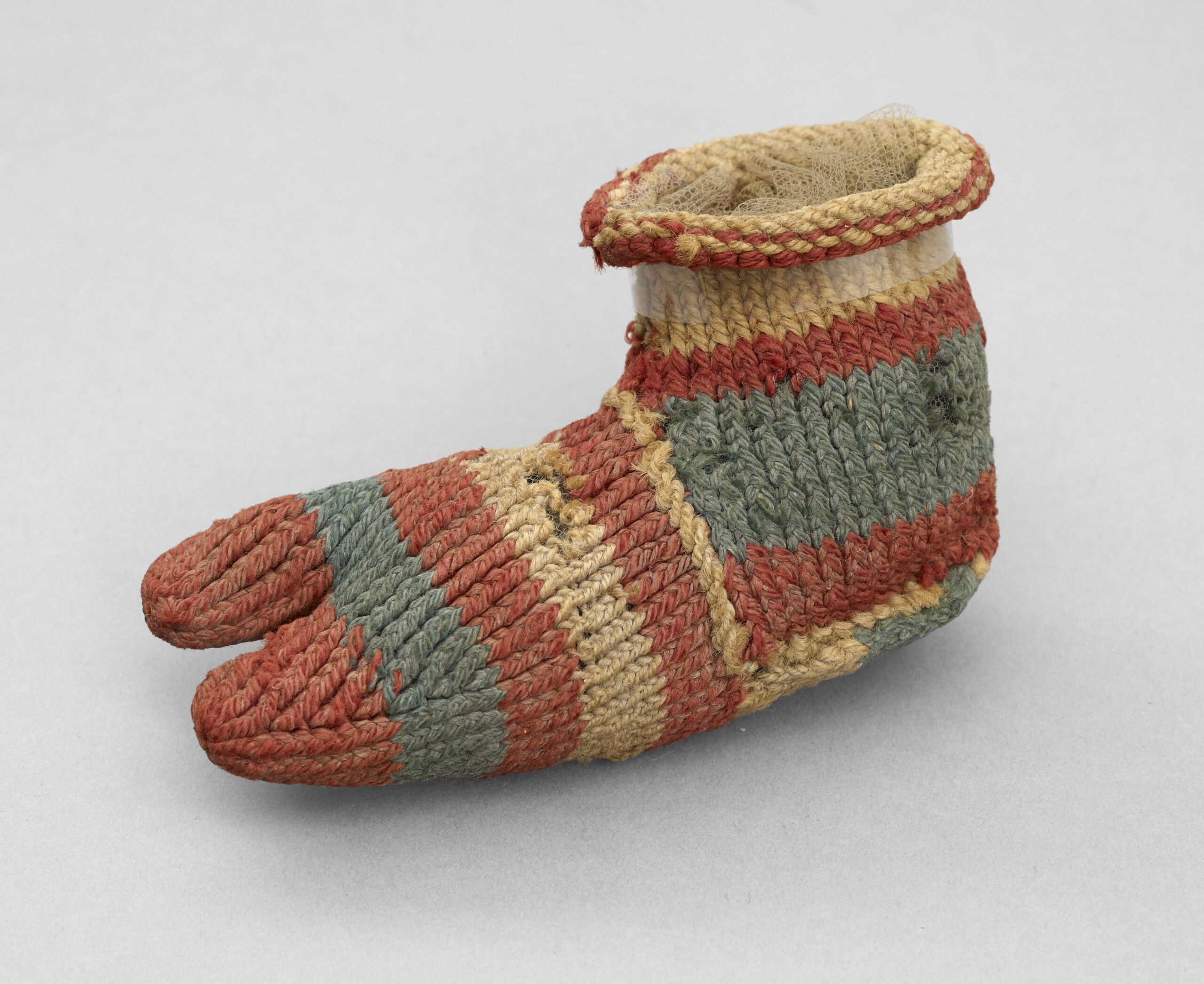
in Русский / Russian translated by Agunik Kirakosian
This object has been translated into 4 different languages by 4 different users
Этот красочный 1700-летний носок с разделёнными пальцами, найденный британским археологом на кладбище римской эпохи в Оксиринхе (современная Аль-Бахнаса, Египет), был связан из тонкой шерсти в три слоя с использованием так называемого метода „спранг“. Он прекрасно сохранился благодаря сухому климату Египта.
Какие у вас самые красочные носки? Поделитесь их фото или рисунком!
Do you have something you’d like to say, in your own language or English, about the object or translation? We’d like to hear what you think.
Translations are community-sourced and for anyone to participate in, however you use your language. For more information, see Community Guidelines.
30 Nov, 2024
This is so cool! Love discovering new examples of Nalbinding. This is definitely Coptic Stitch Nalbinding for sure. I’m a Nalbinding Specialist and I’ve just recently reconstructed some of these. Love the different colours on this example, you can even see the joins and imperfections made by the original wool crafter. Very awesome! Thanks for sharing! 🙂
14 Sep, 2025
Thank you for this post. I was trying to puzzle out how this could be spang. The fact that it is not makes a lot more sense. Thank you
25 Sep, 2024
Hi, this sock is made using naalbinding (needlebinding). The stitch should be the Tarim stitch, also known as coptic stitch. At least it looks like it. If you need a person in Great Britain to verify the stitch type, please let me know and I will get you a suitable contact.
25 Sep, 2024
This is not made by using the technique of sprang, nor is it knitting. It is nalbound, a needle weaving technique.